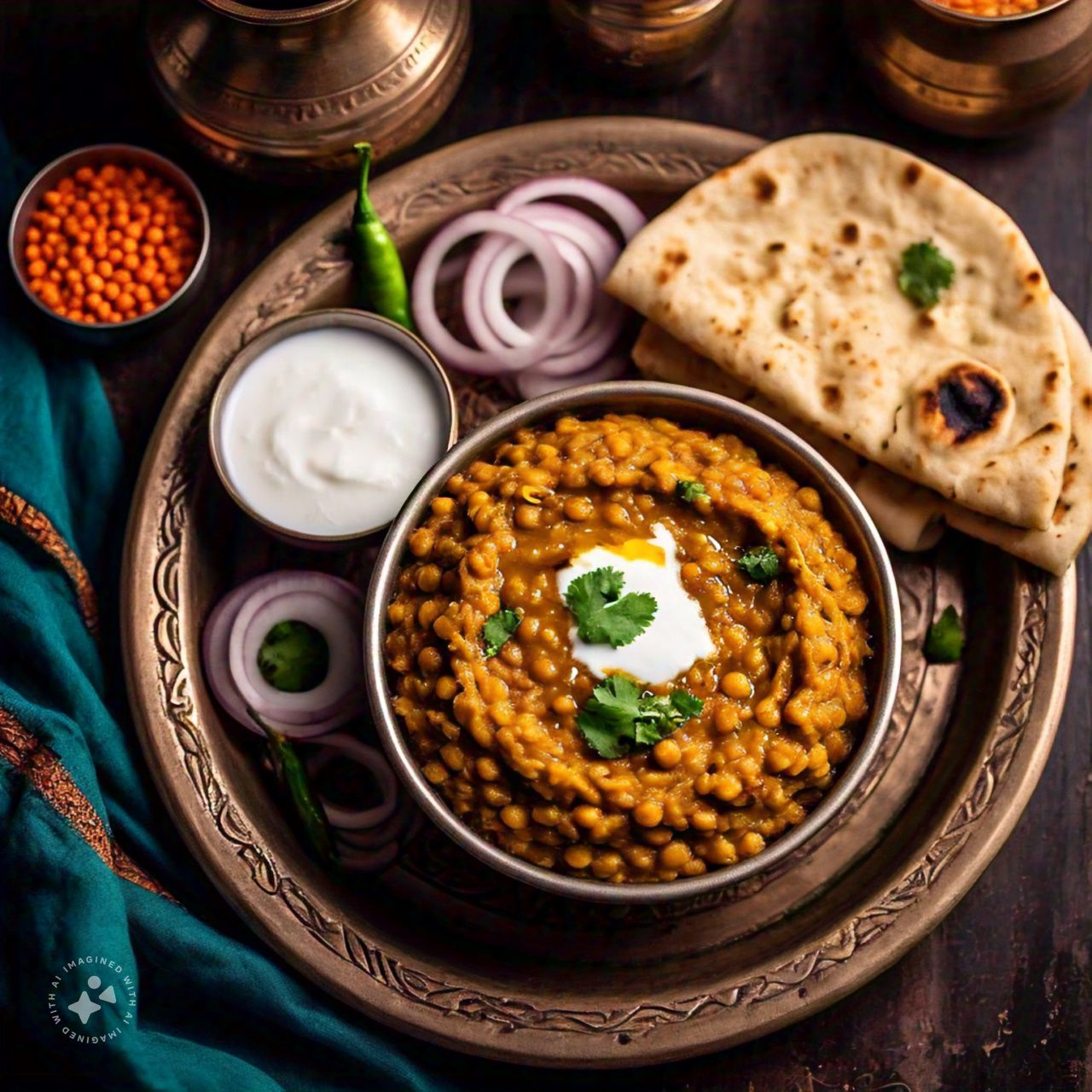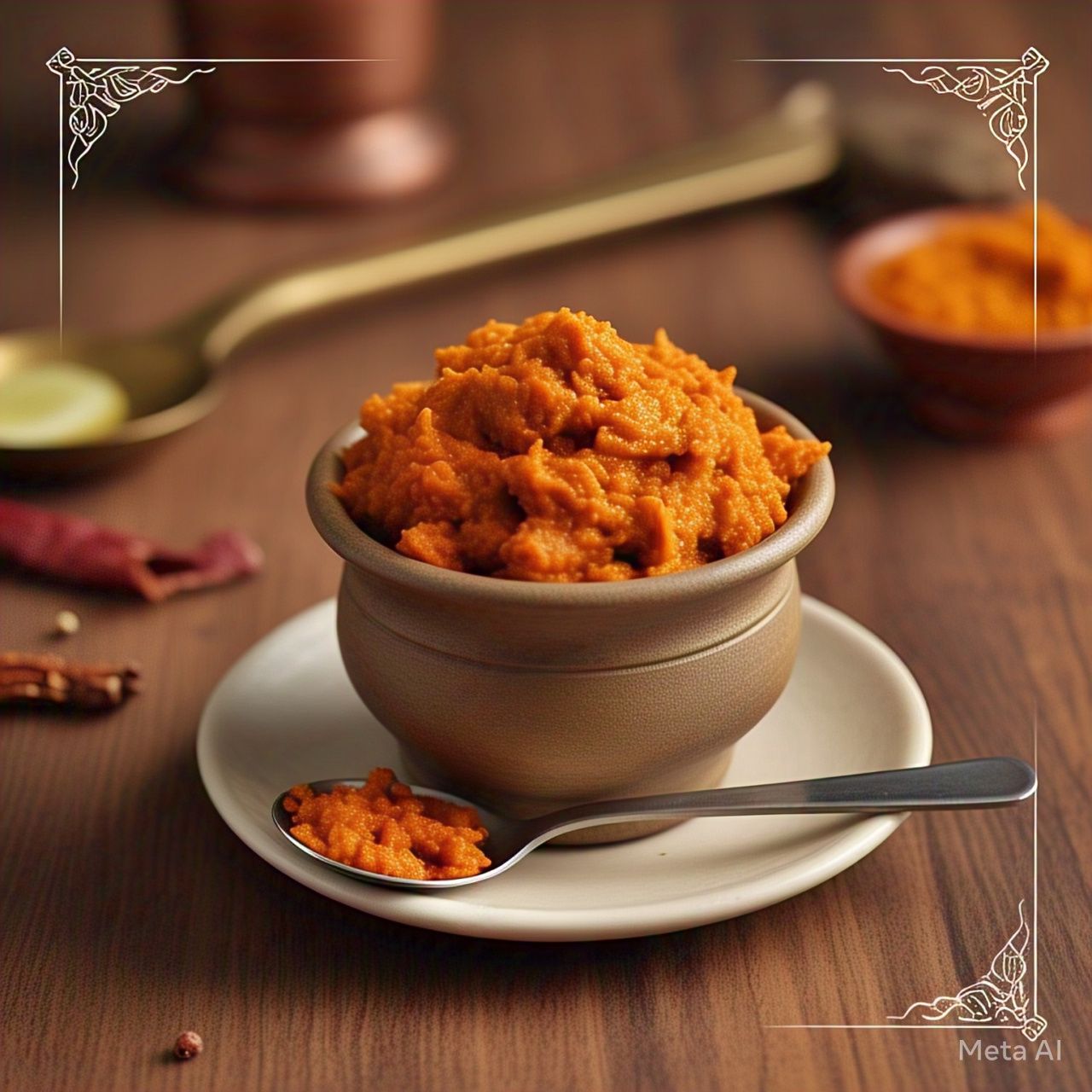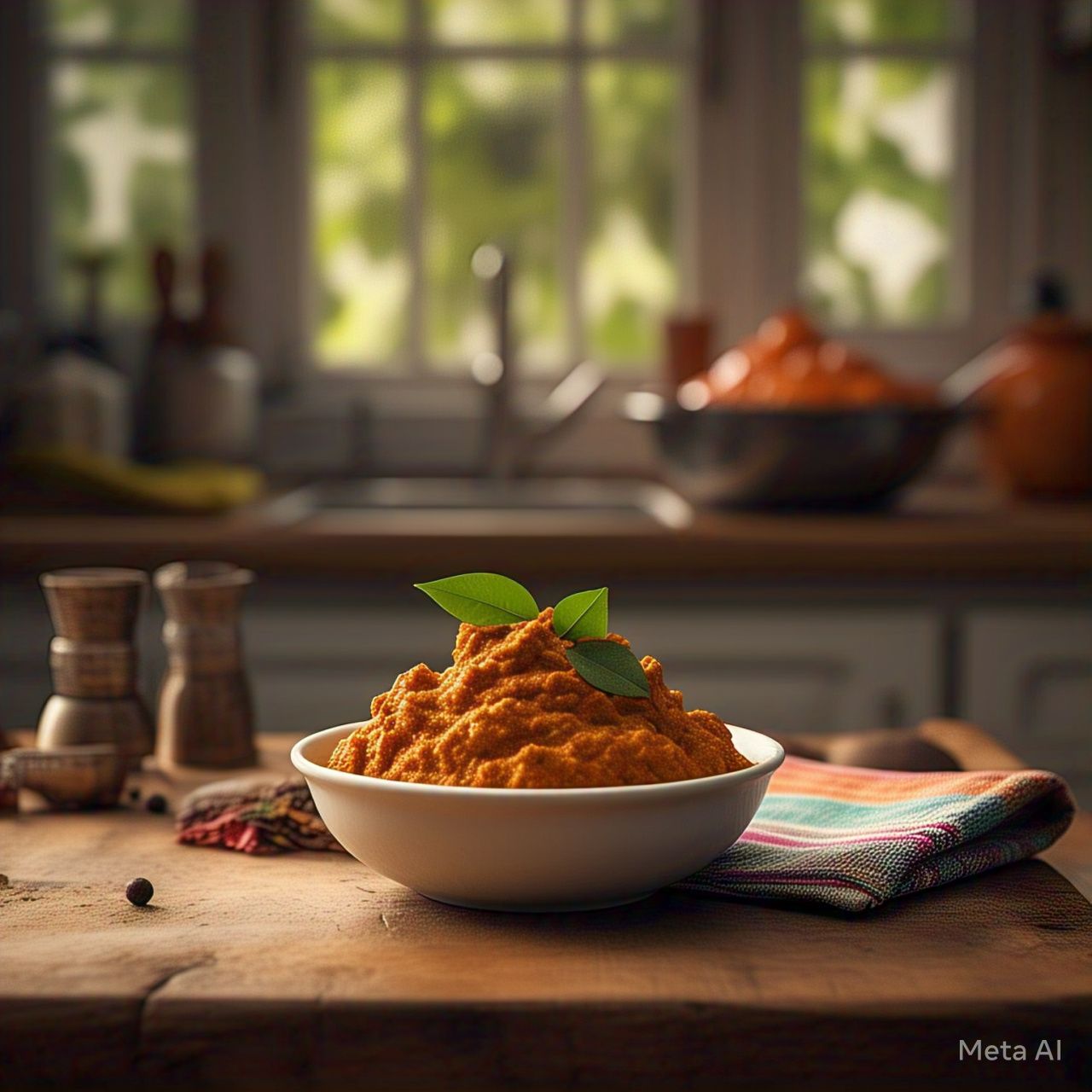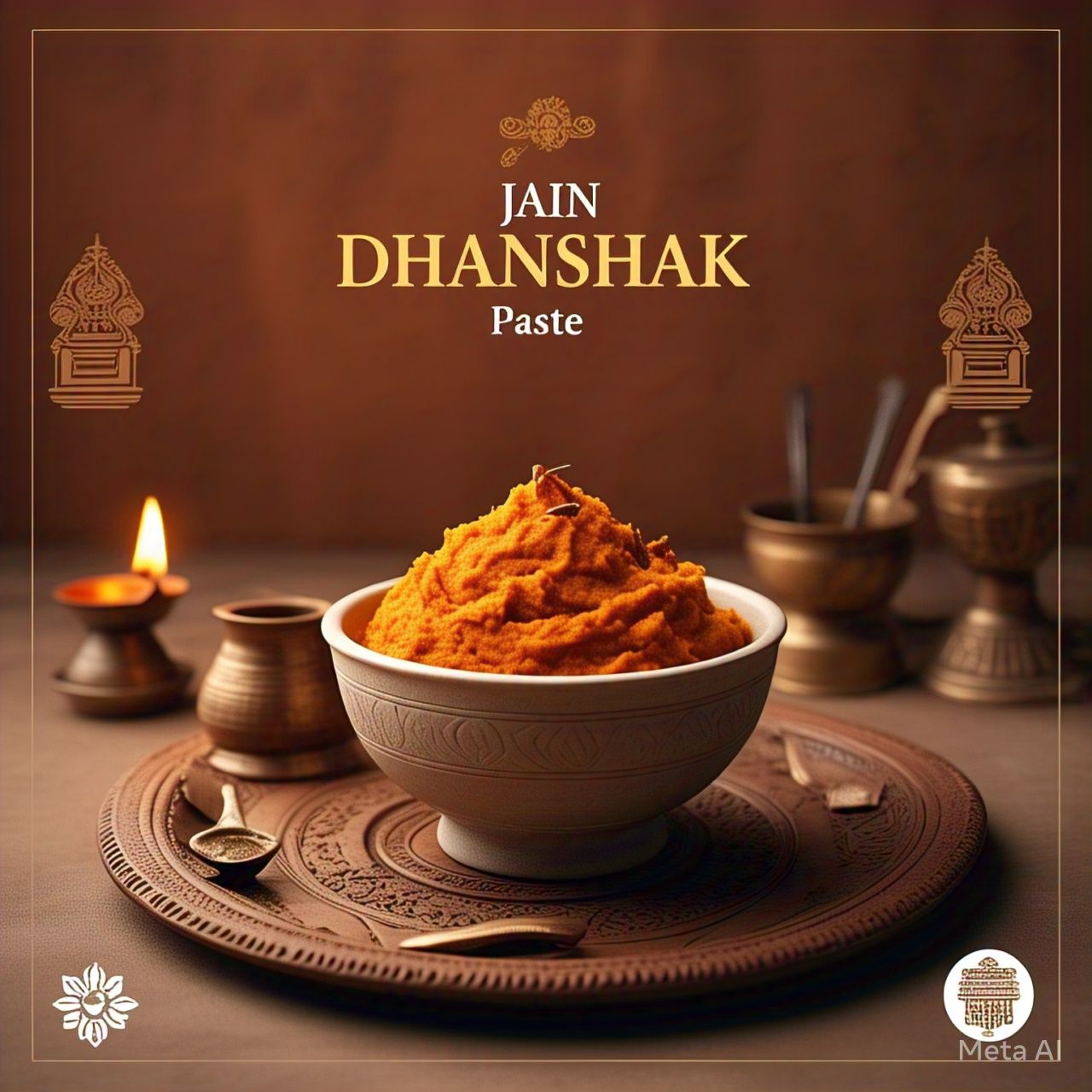Dal Fry Tadka Masala is a quintessential dish in Indian homes, celebrated for its rich taste and nutritional value. Known for its delightful blend of spices and hearty texture, it is made primarily from yellow lentils (toor dal) cooked with aromatic spices and topped with a sizzling tempering (tadka). The dish is easy to prepare, making it a staple in everyday Indian meals as well as a festive favorite.
In this blog, we will explore the rich flavors, benefits, and versatility of Dal Fry Tadka Masala, along with some essential cooking tips, comparisons to other lentil dishes, and the environmental impact of food waste.
What is Dal Fry Tadka Masala?
Dal Fry Tadka Masala is a flavorful lentil dish made by cooking toor dal (yellow pigeon peas) and seasoning it with a tempering of ghee (clarified butter), mustard seeds, cumin seeds, garlic, onion, and dried red chilies. The tadka or tempering is the key to infusing the dish with its rich aroma and taste.
Key Ingredients of Dal Fry Tadka Masala:
- Toor Dal (Yellow Lentils): The primary ingredient providing a soft and creamy texture.
- Tadka Ingredients: Ghee, cumin seeds, mustard seeds, garlic, ginger, onions, and dried red chilies.
- Tomatoes: For a tangy and rich base.
- Spices: Turmeric, coriander powder, cumin powder, garam masala, and chili powder for flavor depth.
Benefits of Dal Fry Tadka Masala
Dal Fry Tadka Masala not only offers a burst of flavor but is also packed with nutritional benefits. Here's why it’s an excellent addition to your diet:
Rich in Protein
- Toor dal is an excellent source of plant-based protein, making it ideal for vegetarians and vegans.
High in Fiber
- The fiber content helps regulate digestion and supports heart health by lowering cholesterol levels.
Packed with Essential Vitamins and Minerals
- The dish provides essential nutrients like iron, magnesium, and folate, which are vital for overall health and energy levels.
Supports Immune Function
- Garlic, ginger, and the spices used in Dal Fry Tadka have antimicrobial and antioxidant properties that help strengthen the immune system.
Aids Digestion
- The spices in the tadka, particularly cumin and ginger, help in digestion and reduce bloating.
Dal Fry Tadka Masala: Cooking Tips
Dal Fry Tadka Masala is relatively simple to prepare, but the secret to making it flavorful lies in the perfect balance of spices and the tempering process.
1. Soak the Dal Before Cooking
- Soaking the toor dal for at least 30 minutes helps it cook faster and ensures a creamy texture when prepared.
2. Cook the Dal Well
- Make sure to cook the dal thoroughly until it’s soft. This ensures a smooth consistency and full flavor absorption from the spices.
3. Tadka is the Star
- The tempering (tadka) is crucial for infusing the dal with flavor. Use ghee or oil for a rich aroma, and make sure the spices are fried until they release their fragrance but not burnt.
4. Adjust the Consistency
- If the dal becomes too thick after cooking, you can add water or vegetable stock to adjust the consistency to your liking.
5. Garnish for Extra Flavor
- Garnish with fresh cilantro and a squeeze of lemon juice before serving to add freshness and brightness to the dish.
Seasonal and Holiday Favorites
Dal Fry Tadka Masala is not just a weekday meal but also a favorite for celebrations, especially when served with naan or basmati rice.
Winter Comfort
- This warm, comforting dish is perfect for colder months, providing warmth and nourishment.
Festive Meals
- Dal Fry Tadka is often served during festivals like Diwali, Holi, and Ganesh Chaturthi due to its rich, flavorful profile that complements various Indian dishes.
Impact of Food Waste on the Environment
While Dal Fry Tadka is a delicious and nutritious dish, food waste in its preparation and consumption can have significant environmental consequences.
Key Environmental Concerns:
- Water Usage: Legumes, including toor dal, require substantial water to grow. Wasting these resources adds unnecessary strain on global water supplies.
- Carbon Footprint: Wasting food leads to more carbon emissions, especially if the food ends up in landfills.
- Environmental Damage: Wasting even plant-based food contributes to greenhouse gas emissions as the decomposition process releases methane gas into the atmosphere.
Sustainable Practices to Minimize Waste:
- Plan Your Portions: Ensure you cook the right amounts to avoid leftovers. Dal Fry Tadka can be stored for a few days, reducing the chances of waste.
- Repurpose Leftovers: Leftover Dal Fry can be turned into soups, stews, or even used as a filling for wraps.
Comparison: Dal Fry Tadka Masala vs. Other Indian Lentil Dishes
Dal Fry Tadka Masala is often compared to other popular Indian lentil dishes. Let’s see how it stands out.
Dal Tadka
- Key Difference: Dal Tadka uses split yellow lentils, which are lighter in texture compared to the creamy toor dal in Dal Fry Tadka.
- Flavor: Dal Fry Tadka tends to have a richer, more robust flavor due to the added spices and tempering.
Dal Makhani
- Key Difference: Dal Makhani is made with black lentils and kidney beans, cooked with butter and cream for a richer, more indulgent texture.
- Taste: Dal Makhani has a buttery richness compared to the lighter, spicier Dal Fry Tadka.
Dal Palak
- Key Difference: Dal Palak is made by adding spinach to cooked lentils, giving it a vibrant green color and an earthy flavor.
- Taste: While Dal Fry Tadka is savory with a strong spice presence, Dal Palak offers a milder, nutrient-packed alternative.
FAQs About Dal Fry Tadka Masala
1. Can Dal Fry be made vegan?
- Yes, Dal Fry Tadka can easily be made vegan by using oil instead of ghee and skipping any dairy-based ingredients like cream.
2. How do I store Dal Fry Tadka?
- Dal Fry Tadka can be stored in the refrigerator for up to 3 days. Reheat it thoroughly before serving.
3. Can I make Dal Fry Tadka spicy?
- Yes! Adjust the amount of green chilies and red chili powder according to your spice preference. You can also add extra ginger for an added kick.
4. What do I serve with Dal Fry Tadka?
- Dal Fry Tadka is typically served with steamed basmati rice, roti, or naan. It can also be enjoyed with a side of vegetable curries or a yogurt-based dish like raita.
Conclusion
Dal Fry Tadka Masala is a rich, flavorful, and nutritious dish that offers a perfect balance of spices, texture, and health benefits. Whether you're enjoying it on a chilly evening, celebrating a festival, or serving it as part of a family meal, this dish will always be a crowd favorite.





Share:
Dal Makhani Masala: The Heart of Indian Cuisine
Dal Bukhara Masala: Creamy & Flavorful Dal Spice Mix